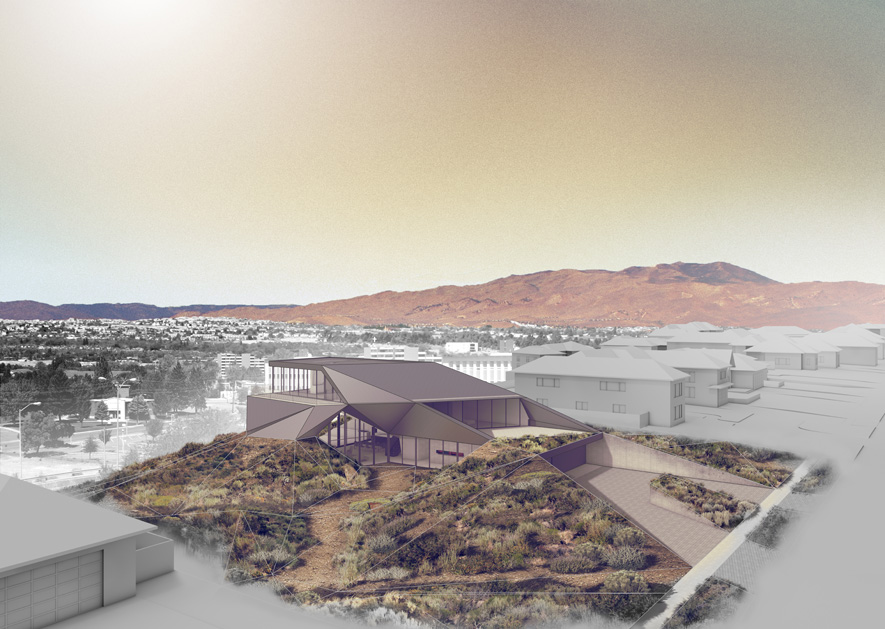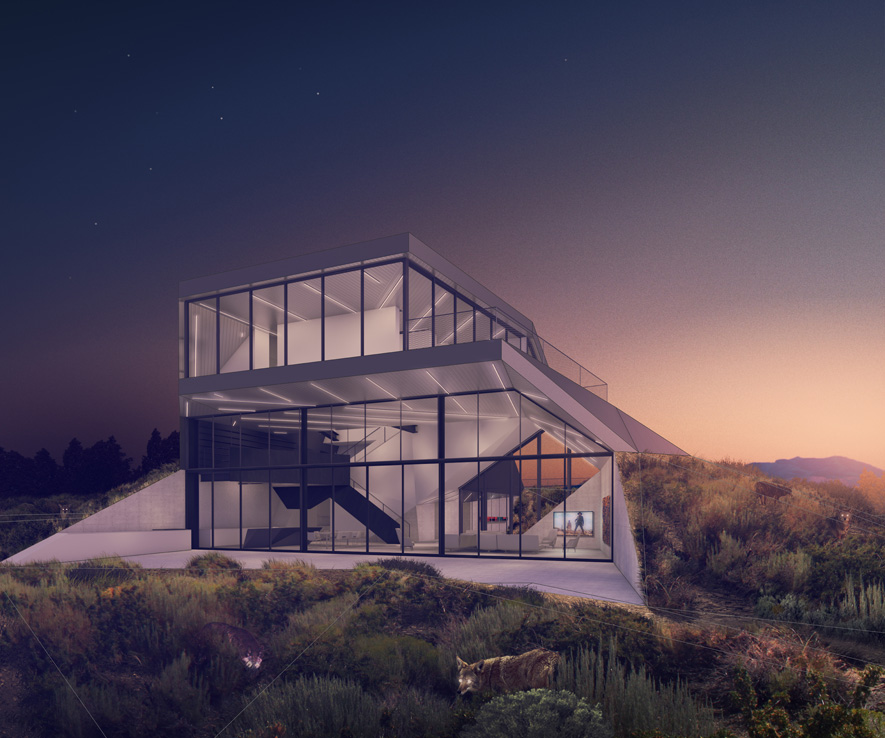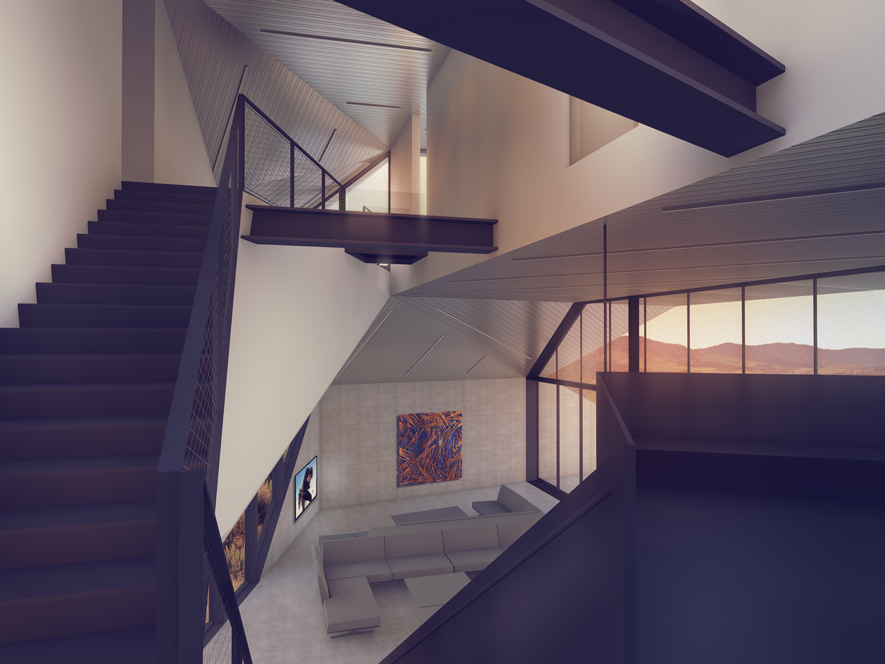Home Sweet BIM
ROOM FOR CREATIVITY
One concern that architects sometimes express is some frustration working with BIM objects and figuring out how to customize certain aspects of their designs through the BIM process. In some cases, architects may struggle with ensuring that BIM doesn’t limit their creativity.
For instance, Harris has experienced situations where he encounters a limited selection of 3-D elements, particularly those representing customized products, which are readily available for insertion into his designs.
In a similar vein, Hertz finds that manufacturers’ geometric description language (GDL) objects are typically created at such a high resolution that they can significantly drag down the processing speed.
“Every manufacturer seems to have a Web presence and available cut sheets describing their products and recommended specifications. Unfortunately, translating this information into 2-D or 3-D objects, which are useable in my BIM program, is time consuming,” he laments.
To help rectify this, Harris encourages architects to put pressure on product manufacturers to develop and make fully functional 3-D component elements available for BIM use. In fact, Harris has been doing just that at trade shows. “I focus upon a handful of vendors with promising product lines and challenge them to produce BIM drawings of their products, complete with adjustability of size and offered features.”
Another solution, if one has the BIM skills, is creating one’s own GDL scripting, as this offers a lot of room for customization, custom object modeling, and morphing, suggests Laura Occhetti, S.E.A. project manager.
In terms of figuring out when and how to actively use BIM, as to avoid creative limitations, Beckmann is actually gearing up to present a session at the American Institute of Architects Convention on this very same topic. Overall, she advises architects to approach BIM as a tool that is part of the design process and not allow it to overtake the entire process.
“Starting too early with ‘real’ building elements, like walls with composites or windows with casing, may seem like a time saver, but I think it actually hinders thoughtful design moves because then the design is only reactionary, not inspired from within,” she suggests.
“In my opinion, it’s best to keep it loose when you start a model and only input model elements and data that you know are real, such as existing topography and property lines, and then move on to concept diagrams and massing—just like you would do by hand with sketches and study models,” she recommends. “Stay in control by continuing to work out ideas on paper.”
On the one hand, Murphy acknowledges that designers sometimes feel a pressure from the BIM process to define a lot of detail about the building elements right from the outset, whereas architects are generally more interested in thinking abstractly at that point in the project.
On the other hand, he suggests that in essence, BIM promotes creativity throughout the entire project process. “By automating much of the documentation process, BIM actually unleashes us to see all phases of the project as places for creativity. Instead of a few weeks of ‘creative design’ followed by months of laborious drawing, it gives you the ability to revisit your concept until quite late in the game.”
Coming up with a neat way to customize their designs, Design Associates Architects routinely takes photos of old barn woods or rusty metal and places them into models to see how they look in the BIM viewer and renderings. Such an exercise often produces very cool results, according to Lee.
As for the drawings, Lee and his colleagues have created custom symbols, line types, and fills so that the models appear more hand drawn and unique to the firm. In this way, architects can have the best of both worlds, a low-tech look with a very high-tech solution.
To keep things more open-ended and flexible during the initial phases of design, Ogrydziak’s firm prefers lighter surface modeling programs, which enable architects to set up their beginning designs as wireframe models. As opposed to having to commit to more solid objects, such as the thickness of a wall, the wireframes simply mark constraints like setbacks and possible floor heights, he explains.
“Within this wireframe model, we will manipulate simple box objects that are trivial to snap and scale—effectively making 3-D bubble diagrams,” he continues. “These surface-based programs are great for this kind of sketch modeling with just points, lines, and polysurfaces.”
Once these initial sketches are created, they can quickly be imported into a more solid BIM program.



Images courtesy of Ogrydziak Prillinger Architects
In order to create a unique design for this Reno, Nevada, Shapeshifter project where the soft landscaping progressively shifts into the shape of a house, Ogrydziak Prillinger Architects combined a lighter surface modeling program for free-form design with a conventional BIM engine where inputs are more firmly set.









